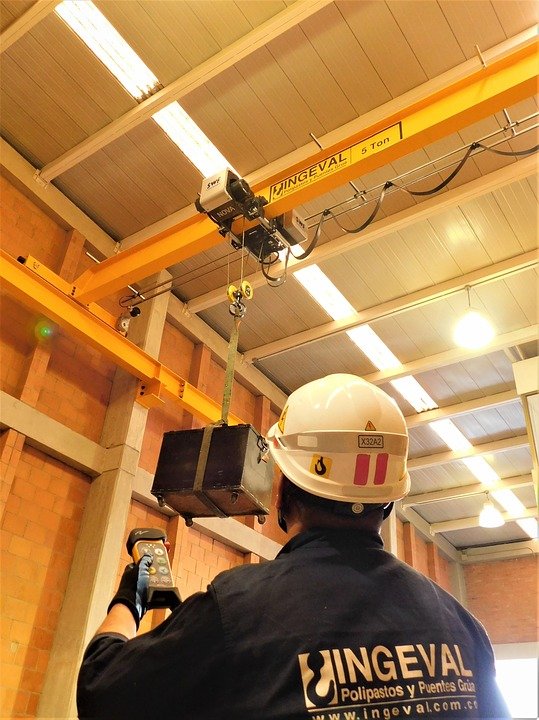A General Overview on the Gantt Chart

A Gantry crane is basically a hydraulic crane designed to vertically raise and lower an object, or workspace, by using hydraulic pistons. They are able to range in size from huge "full size" cranes, able to lift even the largest loads around, to very small, handy mini-cranes, able to be used in a variety of different industries. The uses of these cranes have increased dramatically in recent years, with more being required for certain industries due to their complexity.
Most modern Gantry cranes use either petrol diesel or air for operation. There are two types of cranes - those that are powered by one of these fuels and those that run on another type of fuel. The most common types of cranes available are - pneumatic overhead bridge cranes; which are basically a vertical crane with an arm, and a boom. The boom helps the mobile gantry crane to be steady and stable, while at the same time being able to raise and lower itself, and the arms are used to raise and lower the crane. These cranes are most commonly found in construction industry sites, where they are used to carry heavier loads high above the ground.
Overhead bridge cranes are also popular, although these are quite rare - they are usually found in museums and other venues and are very expensive to run. The main difference between the overhead bridge cranes and the jib cranes is that the former have a single engine for both lifting and lowering. The cranes with single engines tend to be less stable, as well as having a shorter reach; however, this is not usually a major problem, as many are quite effective, and can easily manage to do the job. In contrast, the jib crane, generally used for smaller tasks, tends to not be as stable, and as a result is often seen moving around quite a bit.
Most of the times, all you need to lift up or lower something from the ground to the desired location is one crane, and these tend to be mounted either on a single pedestal, or on a pallet. It can also have multiple platforms, but it is usually only found in construction sites. However, some overhead cranes are capable of being operated remotely, which allows for easy positioning even when you're not in your work area. Regardless of whether you are lifting a heavy object from the ground to the desired location or just lowering and raising an object from the ground, most cranes have a limit to their reach. Learn more here about the best gantry cranes to look out for.
You can find the gantt chart online, and there are several different kinds of diagrams available for download. You can also purchase a book that has a diagram of its own, or you can use one of many online drawing tools that will allow you to customize and print your own gantt chart. There are many things that you need to keep in mind when it comes to working with an overhead crane. If you make the right choices, then you can get the most out of your project. If you want to know more about this topic, read this post: https://en.wikipedia.org/wiki/Overhead_crane.
